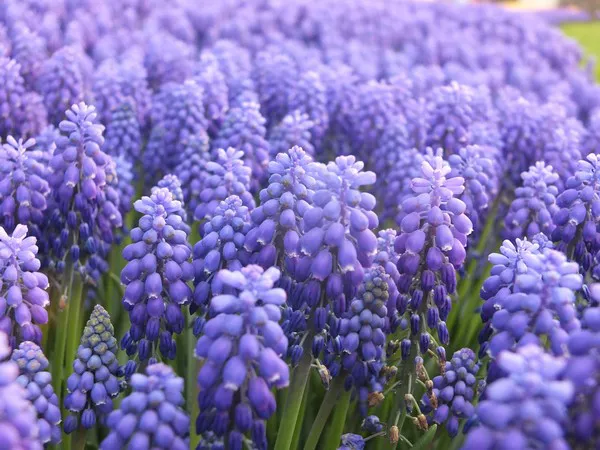Flowers have long been used as symbols to express various emotions, beliefs, and concepts. Among the myriad of blooms, the aster flower stands out for its unique and captivating symbolism. In this article, we will explore the meaning behind the aster flower and delve into its cultural, historical, and botanical significance that has made it a cherished symbol across different cultures and time periods.
The Aster Flower: An Overview
The aster flower, belonging to the Asteraceae family, is a stunning perennial plant known for its star-shaped blooms. The name “aster” originates from the ancient Greek word, which translates to “star,” alluding to the flower’s enchanting appearance. Native to North America and Eurasia, asters come in a variety of vibrant colors, including purple, pink, white, blue, and red, adding to their allure in gardens and floral arrangements.
The Symbolism of the Aster Flower
1. Love and Affection
The aster flower is often associated with love and affection, making it a popular choice for conveying heartfelt emotions. In Victorian times, when the language of flowers was at its height, the aster was considered a symbol of love, elegance, and daintiness. Gifting asters to a loved one conveyed a deep appreciation for their presence and a desire to be together.
SEE ALSO: Valentine’s Day: Choosing the Perfect Blooms for Your Loved One
2. Patience and Wisdom
The aster’s name in Greek mythology is linked to the goddess Astraea, who personified innocence and purity. Over time, this association has transformed into a symbol of patience and wisdom. In Chinese culture, asters are regarded as a representation of the afterlife and are commonly used in ancestral ceremonies to honor departed souls, reflecting the belief in eternal wisdom.
3. Femininity and Elegance
The delicate and graceful appearance of the aster flower has made it a symbol of femininity and elegance. Throughout history, the aster has been associated with the ethereal beauty of goddesses and celestial beings, making it a prominent motif in various works of art and literature.
4. Remembrance
In some cultures, asters are used to symbolize remembrance and paying homage to loved ones who have passed away. They are often included in funeral arrangements as a way to commemorate the departed souls and celebrate their lasting presence in the memories of the living.
The Aster Flower in Different Cultures
1. Native American Symbolism
Among Native American tribes, the aster holds a special place in traditional medicine and ceremonies. The Cherokee people, for example, used asters to make herbal remedies for various ailments, believing in the flower’s healing properties. Additionally, asters were seen as symbols of patience and endurance in the face of adversities, embodying the ability to adapt to changing circumstances.
2. Chinese Cultural Significance
In China, the aster flower is closely related to the annual Chongyang Festival, also known as the Double Ninth Festival. Celebrated on the ninth day of the ninth lunar month, the festival is a time to honor ancestors and show respect to the elderly. Asters are integral to the festivities, as they are used to decorate altars and graves, signifying a desire for good fortune, longevity, and wisdom for both the living and the deceased.
The Aster Flower in Art and Literature
1. Vincent van Gogh’s “Aster Flowers”
The aster flower has also left its mark in the art world, with renowned painter Vincent van Gogh featuring it in his iconic artwork titled “Aster Flowers.” Painted in 1886, this masterpiece captures the essence of the aster’s beauty and charm, showcasing its significance as an artistic motif.
2. Literary References
The aster flower often finds mention in literature, where it represents a myriad of emotions and concepts. In poems and novels, authors have used asters to convey themes of love, nostalgia, and the transient nature of life. Emily Dickinson, for instance, frequently included asters in her poetry, using them to evoke emotions and explore profound ideas.
Gardening and Cultivation of Asters
1. Cultivating Asters
Due to their wide array of colors and varieties, asters are a popular choice for gardens and landscaping. They are relatively easy to grow and care for, making them accessible to both seasoned and novice gardeners. Depending on the species, asters can thrive in various climates, providing a burst of color in gardens during late summer and fall.
2. Attracting Wildlife
Asters play a crucial role in supporting biodiversity as they attract pollinators like butterflies, bees, and birds. Their nectar-rich blooms serve as a vital food source for these creatures, promoting ecological balance and aiding in the reproduction of various plant species.
Conclusion
The aster flower’s symbolism has transcended time and culture, resonating with people from different walks of life. As a representation of love, patience, wisdom, and remembrance, it continues to captivate hearts and minds worldwide. Whether admired in gardens, celebrated in art, or cherished in literature, the aster flower remains a timeless emblem of beauty and meaningful expression. So, the next time you encounter an aster, take a moment to appreciate its rich history and the emotions it symbolizes, for it is truly a star among flowers.


